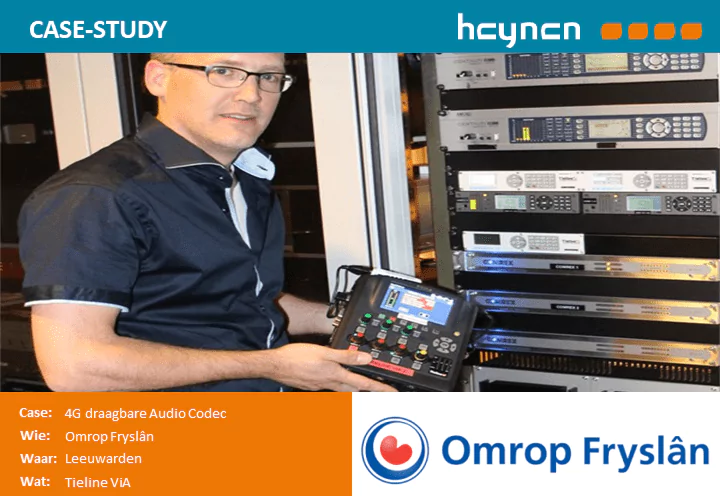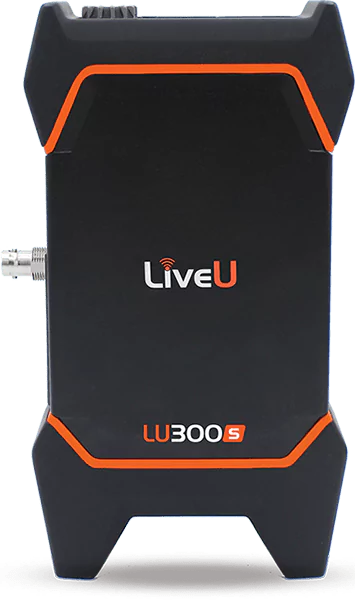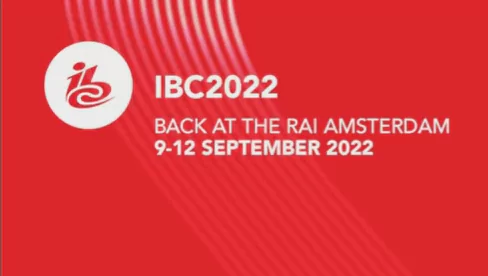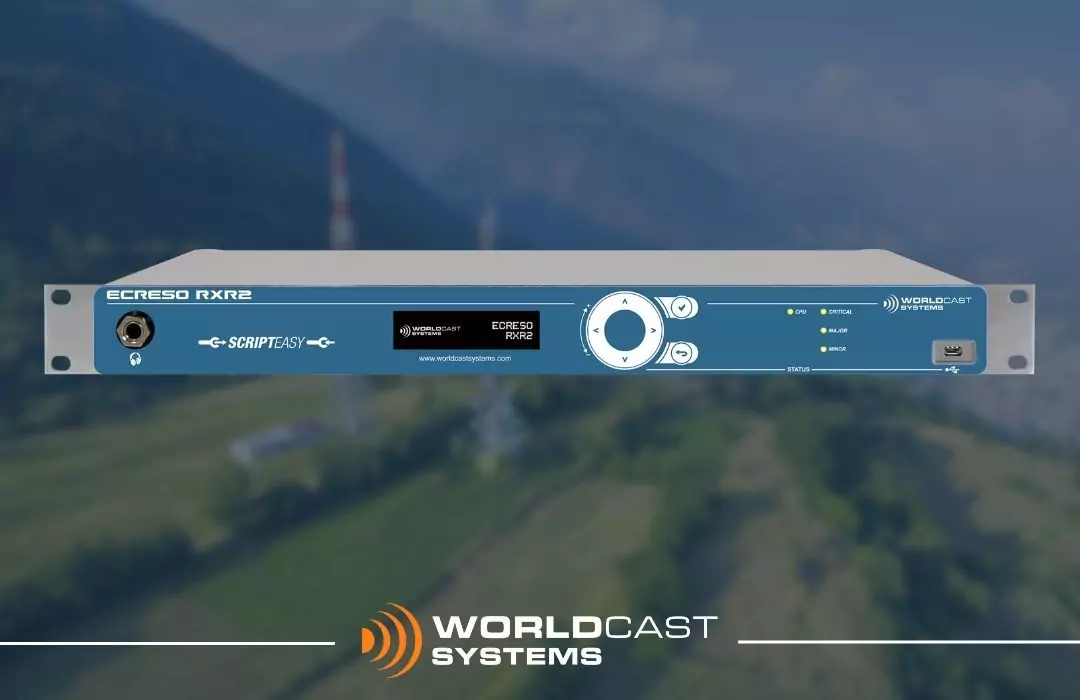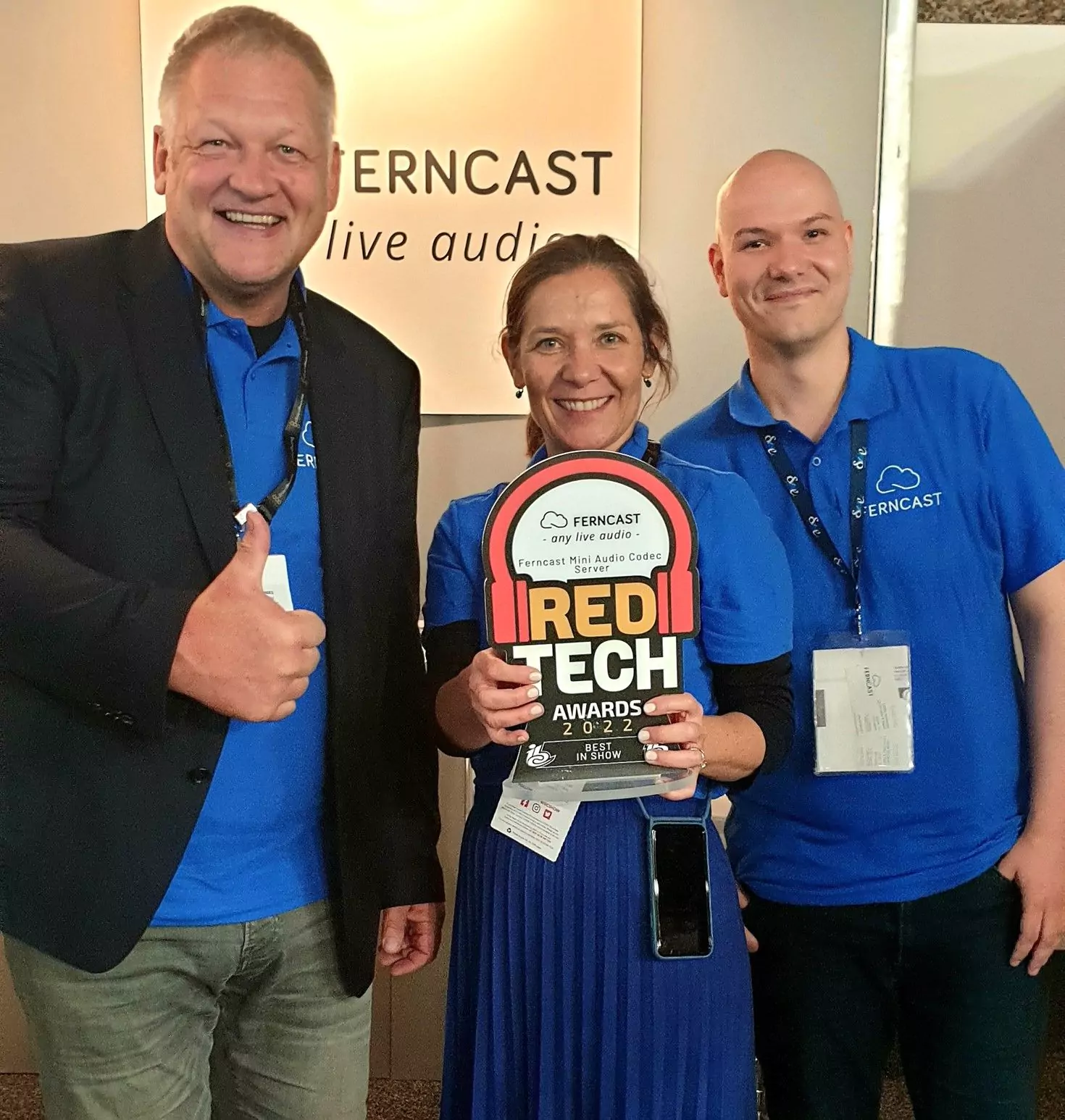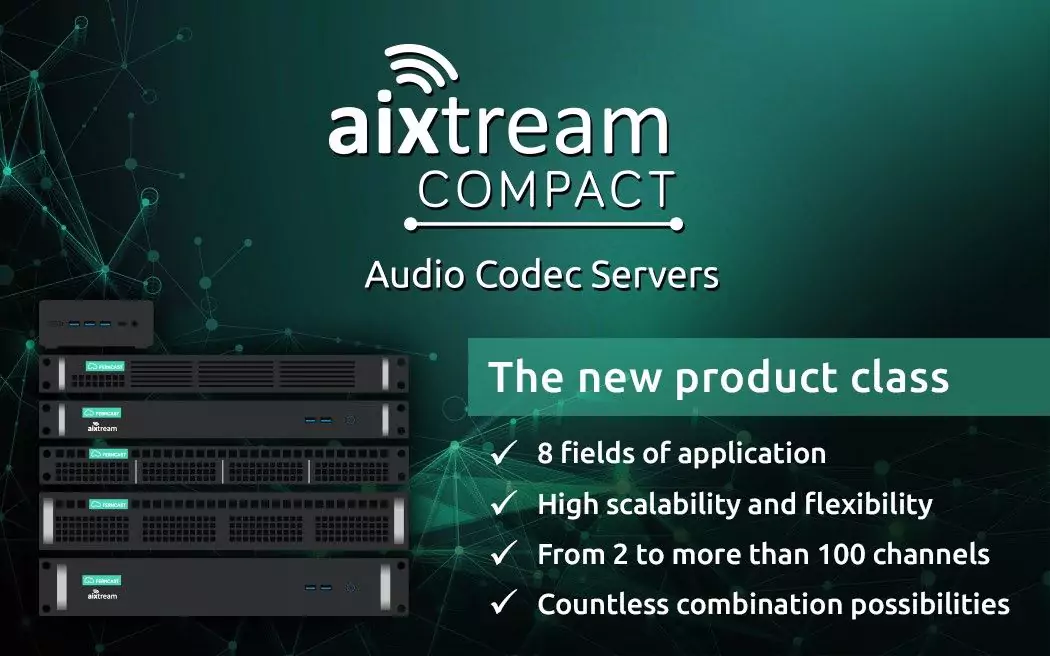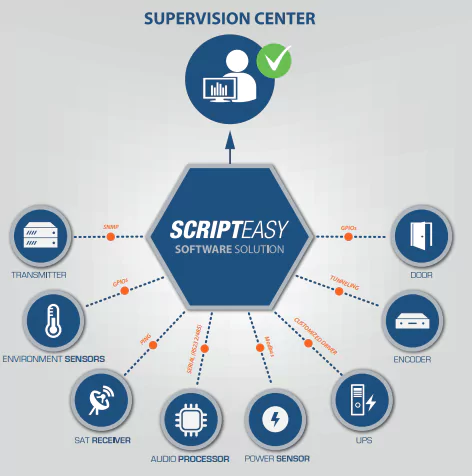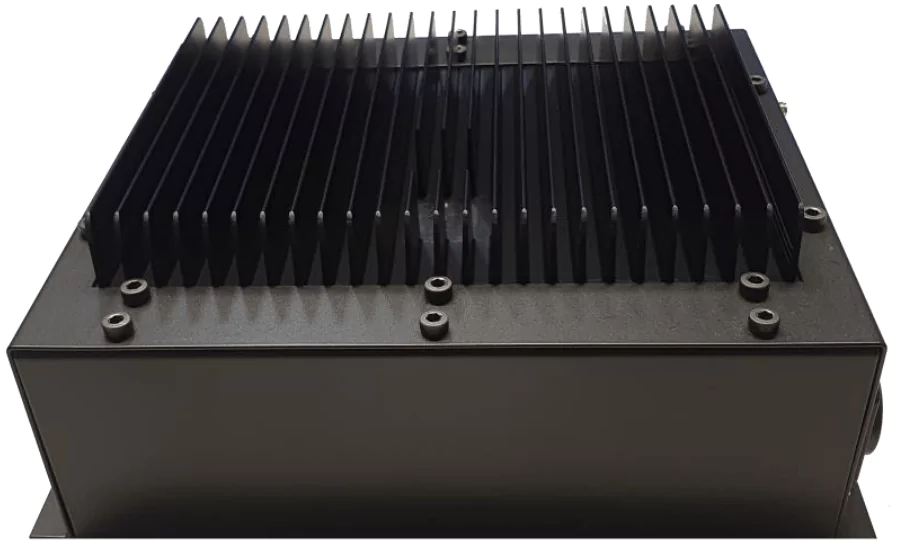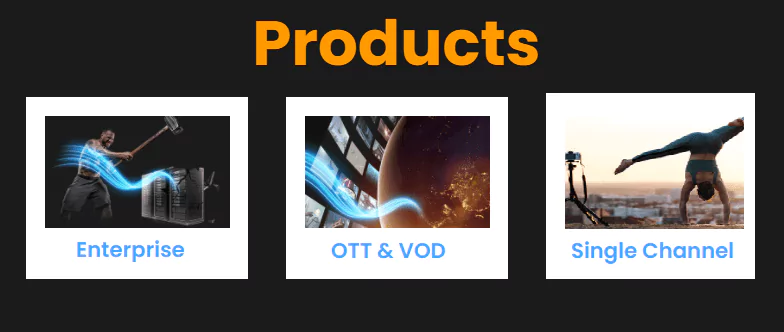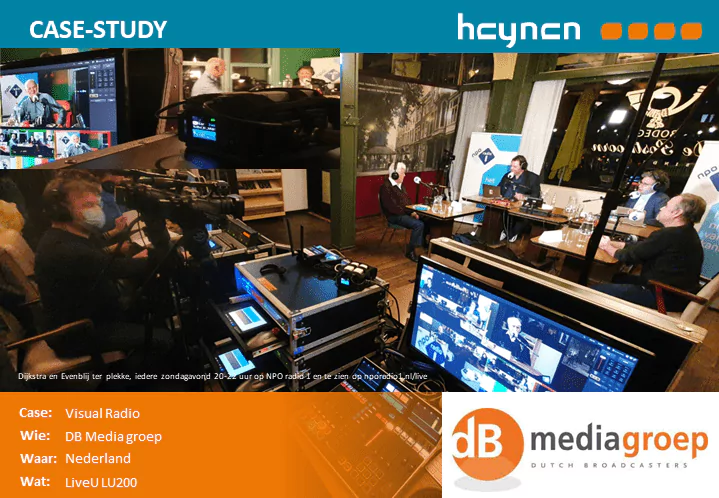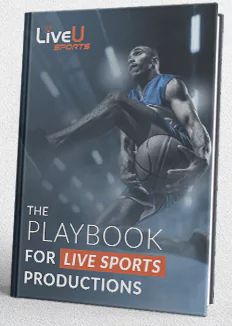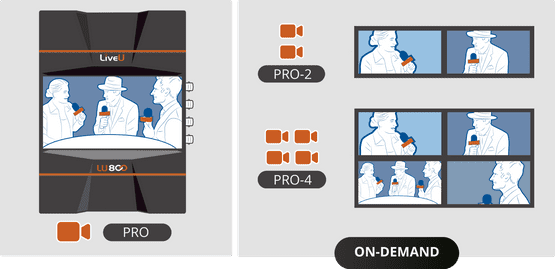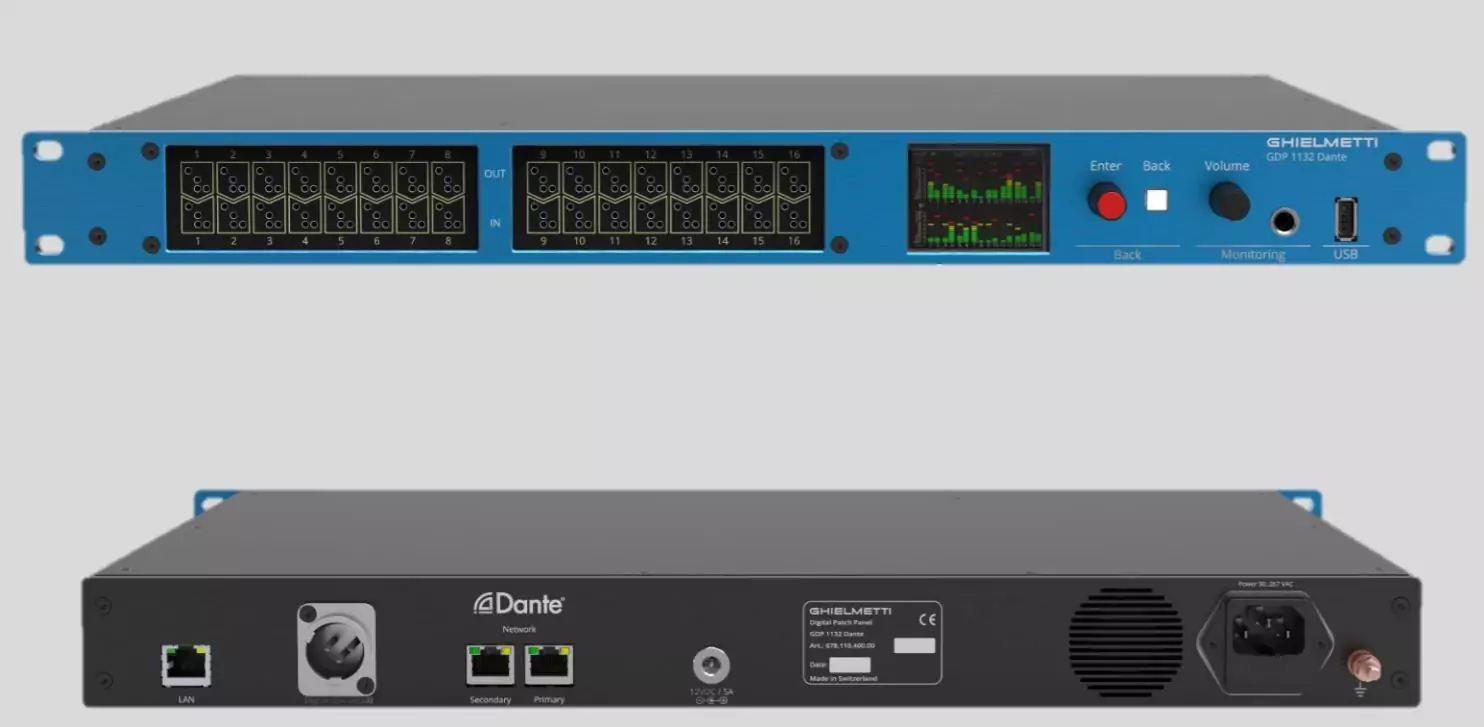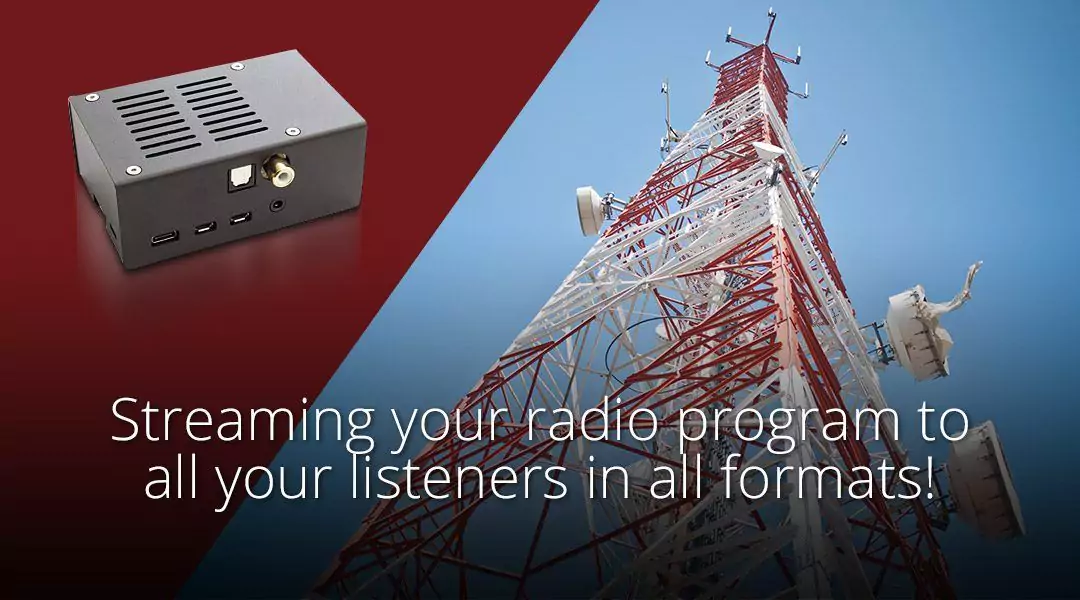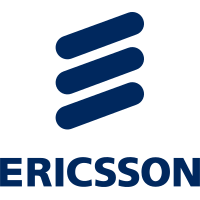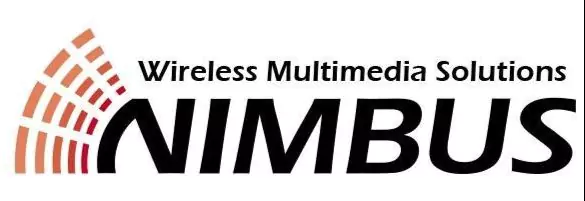The Road to All IP

By Richard Dellacanonica President Artel Video System explains about the new way of Video and audio transport: IP Backbone!
Until recently IP networks were not reliable enough to support contribution-quality video. The networks created latency, jitter, and reliability challenges that broadcasters were not comfortable with relying on for their critical contribution feeds. Advancements in technology have changed the landscape significantly; what was once costly, complex, and unreliable is rapidly becoming low cost and simple to deploy, making IP the most reliable solution for national and international transport of contribution video feeds.
Over the next few years the cost of IP technologies will drop even further, and the IP video contribution market will grow by leaps and bounds opening the door for operators who would have never considered using IP technology to support contribution-quality video at long distances. For example, a university can now offer its alumni around the world a high-quality, low-latency feed of their football matches. As technologies continue to evolve, broadcasters will increasingly rely on IP-based video transport solutions as the most reliable and cost-effective method for delivering contribution-quality video.
Uncompressed and lightly compressed video signals are widely used throughout the television industry today for live contribution. These high-quality signals allow broadcasters to transmit video feeds from a wide range of venues to centralized live event production facilities. Traditionally, contribution video has been delivered over size-limited leased satellite links or expensive and limited purpose-built overlay terrestrial networks.
However, as the costs of high-speed, reliable IP networks continue to drop, they become more attractive for use in a wider range of applications, including high-quality video transport. With standards-based video network adapters, virtually any location with fast IP connectivity can be used to transport contribution video. These devices, also known as video NICs, leverage recently-approved SMPTE standards for IP encapsulation and FEC to interconnect with products from a variety of manufacturers. With this new technology, IP-based video contribution circuits are likely to become the preferred transport solution for broadcasters around the globe.
This article explains the rationale for using high-speed, terrestrial IP networks for high-quality video contribution. Included is a description of the key enabling technologies and overall market trends that have led to a tipping point where IP-based video transmission is more economical than alternative solutions.
The Challenges of Video Contribution over IP:
Transporting broadcast video over Ethernet is challenging because there are vastly different requirements for Ethernet and broadcast video technologies. (See Table 1.) For example, video is unidirectional, meaning it's streamed at a very high speed in one direction only. In most cases, the transmitter doesn’t even know if the receiver gets it. With Ethernet, packets are sent out, and it’s a relatively slow process. If the packet isn’t received, it’s sent again. That being said, there are numerous benefits of IP-based video delivery. (See Table 1.)
Benefits of IP for Video Contribution
The main advantage of Ethernet-based delivery is that IP networks are ubiquitous. Ethernet connections are everywhere, making it the ideal technology for broadcasters managing contribution feeds for major sporting events, news and political events, entertainment or other live events to the studio. With IP technology, broadcasters covering events from remote locations can easily call up a local Internet service provider, set up a GigE connection from point A (remote location) to point B (broadcast studio), and cost-effectively transport video content.
A second benefit of Ethernet technology is multicasting. IP multicast is a commonly used technique that enables one-to-many communications over an IP infrastructure in a network. With IP multicast technology, broadcasters can send a video packet once to a large number of receivers. This is both efficient and cost-effective for delivering IPTV content to a large number of viewers across different geographic regions.
Key Enabling Technologies
Today, nearly all data, phone, and distribution video services are transported over an IP backbone. Contribution video was the last service segment to rely on IP technology. This is due to several reasons.
Until recently, IP networks were not robust enough to support the demanding requirements of contribution video services. The first efforts to transport long-haul terrestrial contribution video relied on ATM (asynchronous transfer mode) then SONET (synchronous optical networking) technologies. IP was not an option as it was highly unreliable and introduced both jitter and latency issues into the video stream. Before broadcasters could migrate to IP networks, the networks needed to be more tolerant, higher quality, and with minimal latency.
The introduction of MPLS technology has dramatically improved the robustness of IP networks. MPLS, or multiprotocol label switching, directs data from one network node to another based on short path labels rather than long network addresses, avoiding complex lookups in a routing table. It is also a much more robust method for rerouting traffic in the event of hardware or network failures. The primary benefit of MPLS is that it eliminates dependence on an OSI model data link layer technology used by ATM and SONET, which requires multiple layer-2 networks to satisfy different types of traffic.
A second challenge facing video contribution over IP was hardware vendors needed to develop cost-effective and reliable products that could take a very large video stream, as is typically needed for contribution-quality video, packetize it for transport, and then add a robust Forward Error Correction algorithmic in the event of lost or damaged packets. With the constant improvement in semiconductor technology and costs plus significant engineering resources provided by industry and trade organizations such as the Video Services Forum (VSF) these challenges are being addressed and solved. These organizations worked to create best practices and standards for video encapsulation, FEC, and hitless switch protection.
Another important issue that needed to be addressed was the lack of industry standards to both enable multi-vendor solutions but also to assure compatibility across disparate IP-based networks. Without industry standards, IP video contribution existed in a closed, single vendor environment, meaning broadcasters were locked into using a vendor’s proprietary technology across a known set of IP transport hardware. The development of standards like SMPTE 2022 enable an open environment that drives competition, lowers the price of technology, and increases the reliability of IP-based contribution-quality transport solutions.
Thanks to these key enabling technologies, broadcasters can rely on a high-quality IP backbone that is low in latency, high in reliability, and simple to deploy.
Deployment Scenarios
Before recent developments in IP technology, broadcasters transporting high-quality contribution feeds from a football stadium to a studio would rely on a series of local direct fiber links, called Local Loop in North America, video specific overlay networks or satellite links to move video from the stadium to the headend and from the broadcast studio to the content provider. (See Figure 1.) Using a single-vendor, closed solution for the overlay network enabled the necessary routing and rerouting protection needed for transporting video across SONET or unreliable IP networks but they were complex to configure, manage, and support. In addition they required significant capital infrastructure investment, platform-specific technical training to personnel and significant cost for service and support contracts.
Relying on an IP backbone, broadcasters now can transport video feeds directly from the sports facility over Ethernet to the studio using just one connection creating a much simpler and more cost-effective transport delivery method. The IP backbone handles all of the redundancies, routing, etc., that the overlay network used to manage. Then feeds are sent directly to the end client. Using video network interface cards instead of overlay networks is dramatically less complex and expensive, extremely flexible since it’s a multi-vendor open solution, requires minimal monitoring and management, and eliminates the need for technical support contracts.
Conclusion:
Until recently IP networks were not reliable enough to support contribution-quality video. The networks created latency, jitter, and reliability challenges that broadcasters were not comfortable with relying on for their critical contribution feeds. Advancements in technology have changed the landscape significantly; what was once costly, complex, and unreliable is rapidly becoming low cost and simple to deploy, making IP the most reliable solution for national and international transport of contribution video feeds.
Over the next few years the cost of IP technologies will drop even further, and the IP video contribution market will grow by leaps and bounds opening the door for operators who would have never considered using IP technology to support contribution-quality video at long distances. For example, a university can now offer its alumni around the world a high-quality, low-latency feed of their football matches. As technologies continue to evolve, broadcasters will increasingly rely on IP-based video transport solutions as the most reliable and cost-effective method for delivering contribution-quality video.




























